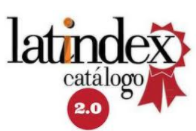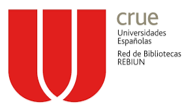Cooperación europea, gobernanza e inserción en los países andinos
DOI:
https://doi.org/10.35305/cc.vi137.171Keywords:
Union Europea, cooperación, gobernanza, países andinosAbstract
The expansionism of the European Union (EU) has been accompanied by development cooperation as a political tool. This article analyzes how the EU has used foreign aid to insert itself into Andean countries, and gradually penetrate their markets to move towards the establishment of a free trade area. Through altruistic justifications that come along with donations and assistance, the European bloc has been able to strengthen its relations and friendship ties with the beneficiaries of its programs; thereby building a
reputation as a fair and ethical partner. This research presents a historical analysis of each of the stages through which trade relations and cooperation between both parties have gone through, beginning in the 70s. In a world where there is not a single leading power at the international level, one can no longer speak of absolute hegemony, but of governance of different spaces. In this sense, development assistance is a tool that can be used to govern, lead and influence.
Downloads
Published
How to Cite
Issue
Section
License
Copyright (c) 2023 Autor

This work is licensed under a Creative Commons Attribution-NonCommercial-ShareAlike 4.0 International License.
Aquellos autores/as que tengan publicaciones con esta revista, aceptan los términos siguientes:
- Los autores/as conservarán sus derechos de autor y garantizarán a la revista el derecho de primera publicación de su obra, el cuál estará simultáneamente sujeto a la Licencia Creative Commons Reconocimiento-NoComercial-CompartirIgual 4.0.
- Los autores/as podrán adoptar otros acuerdos de licencia no exclusiva de distribución de la versión de la obra publicada (p. ej.: depositarla en un archivo telemático institucional o publicarla en un volumen monográfico) siempre que se indique la publicación inicial en esta revista.
- Se permite y recomienda a los autores/as difundir su obra a través de Internet (p. ej.: en archivos telemáticos institucionales o en su página web) antes y durante el proceso de envío, lo cual puede producir intercambios interesantes y aumentar las citas de la obra publicada.
















